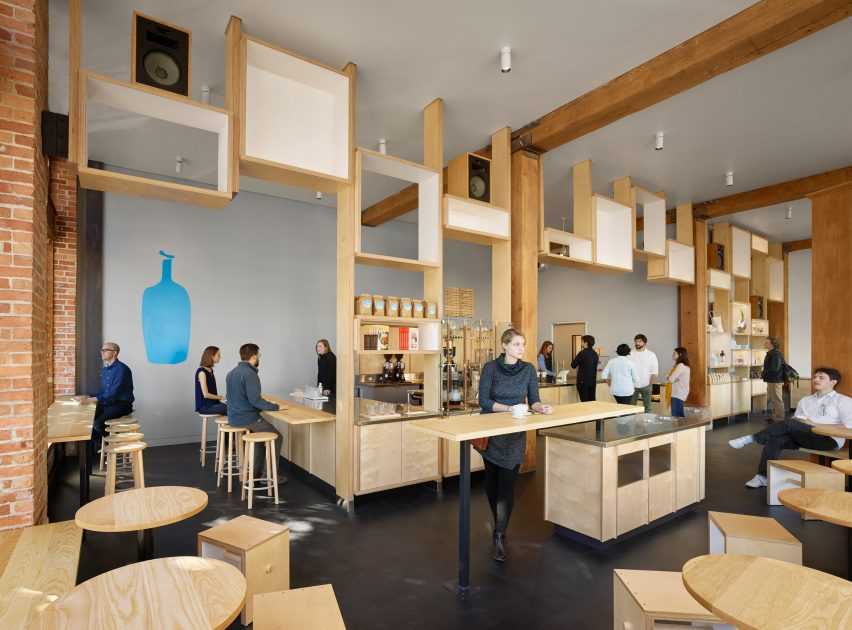CHICAGO, U.S. — In addition to coffee served at restaurants and other foodservice outlets, there are 33,129 gourmet coffee shops in the U.S., a 2 percent increase in units from last year, based on a recent restaurant census conducted by The NPD Group, a leading global information company.
Chain coffee shop units increased by 5.9 percent in the census period to a total of 18,445 units, NPD reports. It was the opposite story for independent coffee shops units, which declined by 2.2 percent for a total of 14,684 units.
Total coffee shops grew by 2,990 units over the past five years, according to NPD’s Spring 2017 ReCount® restaurant census.
Another way to look at the proliferation of coffee shops is to look at per capita or the number of coffee shops for every million people. Among metro areas Juneau, Alaska ranks the highest in density with 22 coffee shops serving the city’s population of 32,519.
Alaskan sibling city, Anchorage, is second with 170 coffee shops for a population of 431,231. In rank order, Bend, Oregon, Seattle, Washington, and Portland, Oregon follow with the most coffee shops per capita.
Consumer demand for foodservice coffee appears to be in line with their access. There were 8.3 billion servings of coffee ordered at U.S. restaurants and foodservice outlets in the year ending August 2017, up 2.3 percent from the same period last year, according to NPD’s ongoing foodservice market research. Regular or traditional coffee is still the most popular type of coffee with 4.4 billion servings ordered in the period but specialty coffee is not far behind with 4 billion servings ordered.
“Coffee chains are expanding units to meet consumer demand because they have the resources to do so,” says Greg Starzynski, director- product management, NPD Foodservice. “Greater consumer access to chain coffee shops makes it more difficult for independent coffee shops to compete, which is why we’re seeing a drop in independent units.”









 CAPS: the new proprietary system using capsules made of 85% recycled aluminium
CAPS: the new proprietary system using capsules made of 85% recycled aluminium







